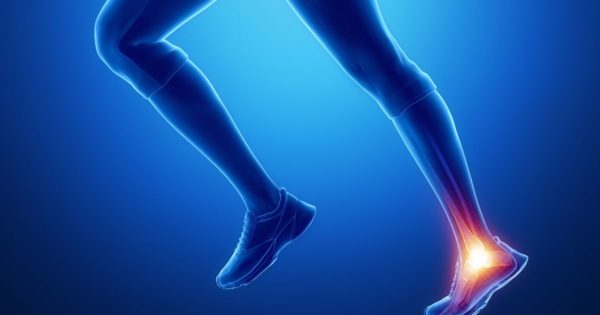
10 things NOT to do if you have Achilles Tendonitis
Or any other tendon issue in your hips, knees or ankles for that matter!
In every joint tendons attach muscles to bones. They most resemble a rope – lots of strands altogether. So they can (and do!) fray and get inflamed, just like a rope they can get rubbed and pulled and tend to get hot and bothered when that happens! But, they can and DO heal albeit slowly. They are strong and tough and keen to work.
So here is what NOT to do . . . .
1. Rest completely
Medicine has moved on! Now we know that if you stop moving . . . . . you rarely get going again. So DON’T STOP!
Get a properly managed exercise program and get back out there.
2. Get passive treatment
All that lovely rubbing and those fancy machines can help reduce pain and inflammation temporarily but a properly managed exercise program is the only way. (in case you missed it the first time!)
3. Get injections
Quite simply – there is no proof that they work. And steroid injections in any form actually break down the cords in the tendon making it fray faster.
4. Ignore pain
Pain is your body’s way of telling you to stop. So if it hurts, you’ve gone too far and need to back off. The phrase I use is “comfortably uncomfortable”, anything up to that point is fine, afterwards you might need to drop down a level and pick it up again tomorrow.
5. Stretch your tendon
Would you pull harder on a frayed rope? Nope. So don’t do this to your tendon either. This is a good time to get some of that lovely passive therapy to stretch the muscles instead.
6. Massage your tendon
Leave that frayed rope alone! All you are doing is making it worse! If you want a nice rub focus on the MUSCLE.
7. Worry about your scans
Did you have a picture of your tendon before it hurt? Or the tendon on the other leg? Then how do you know it didn’t look like that already?
Scans aren’t that helpful. Scary words like “degeneration” and “tears” can be frightening and stop you moving forward. Tendons can take a lot of load even if they are a bit frayed. But they do need proper management as they don’t heal quite like other tissues in the body.
8. Worry about rupture
Weirdly people who rupture their tendon usually didn’t have pain beforehand. It takes a HUGE amount of pressure to do this. Another scary word that doesn’t really help you make progress.
9. Take short cuts
Tendons have a rubbish blood supply so they are slow to heal. It takes time and effort to get a good result. BUT if you work hard it will get back to normal.
10. Not understanding how the tendon works
Understanding how the tendons work (and not confusing them with the muscles they are attached to!) means you know when to start and when to stop and what to do.
Next Steps
Shall I add a special 11? Get a proper assessment by a professional! We can create a managed exercise program, use supports to reduce the strain and speed up the healing process! Call us on 952 883 151 or email us to arrange an appointment.

One Comment